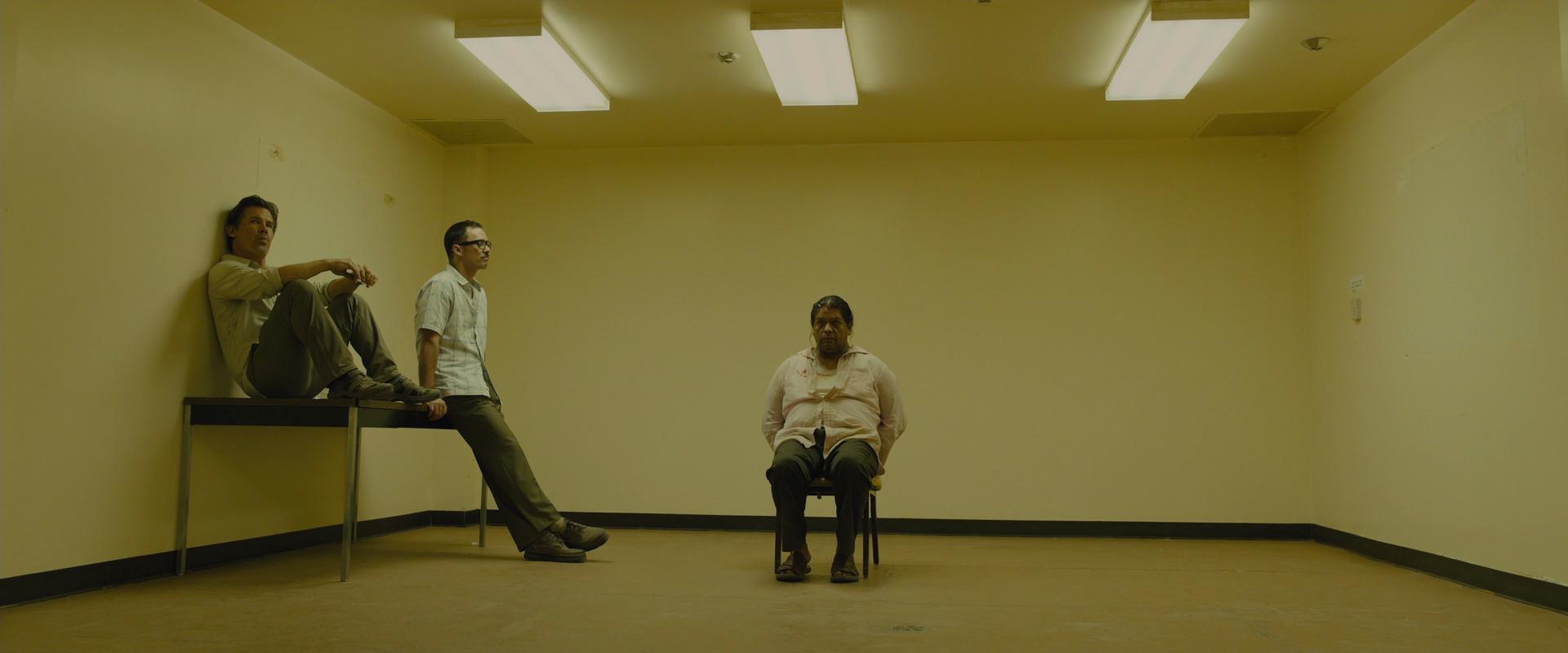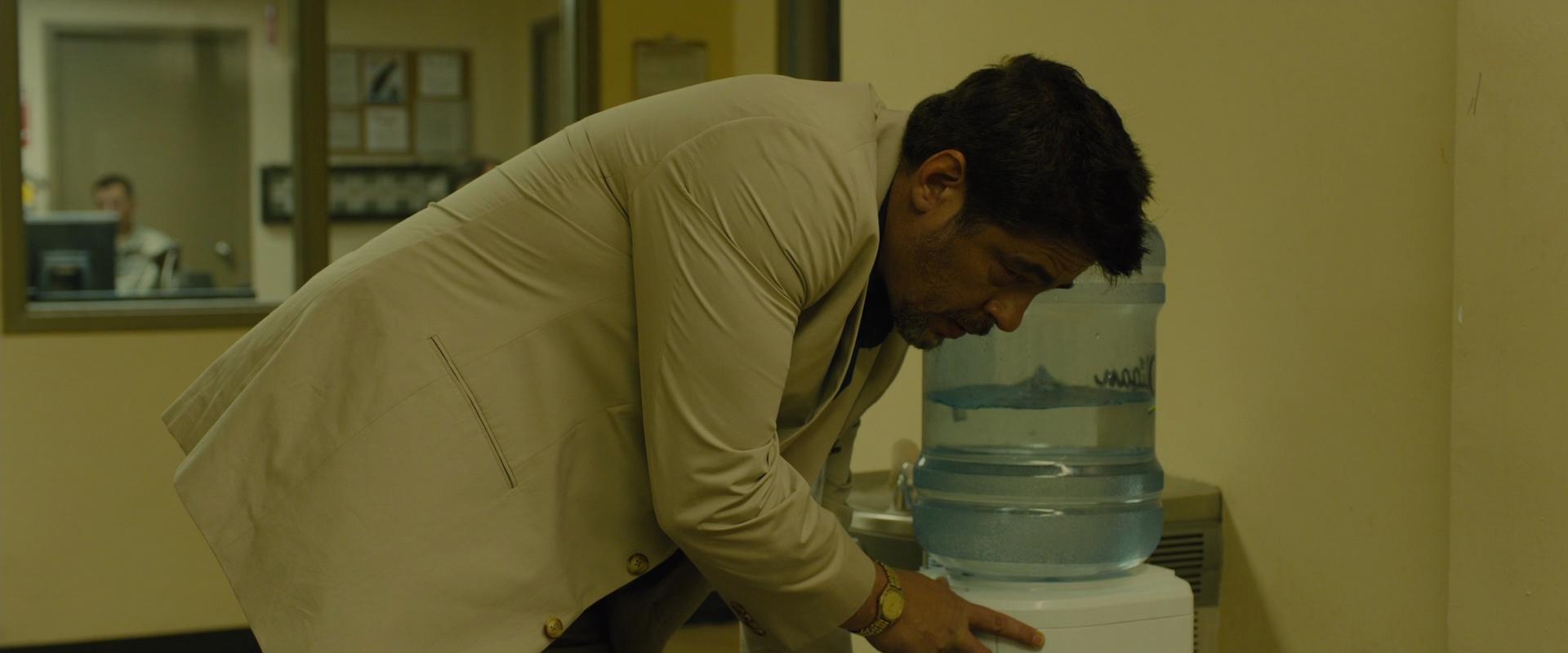Forum Replies Created
-
AuthorReplies
-
Thank you James,
no worries, I can wait. Yes, looks like Amazon got a little confused 🙂
Also, gutted to report that my Amazon pre-order (placed ~6 months ago) just got cancelled out of the blue.
Mine too. Amazon Germany.
Ordered April, yesterday it said it would arrive today, today it suddenly says ‘order canceled’.
Most of them have magnets on the back, you could try and attach a thin metal to them to slide behind the mirror and see if it holds. These tubes can be quite lightweight, especially the cheaper ones.
Once the light is on it might not look much different to a regular fluorescent tube light, depending on the model’s design and light intensity probably.
* and could experiment with diffusion gel for the close ups.
How about adding a LED tube light above the mirror as a practical? They most often offer remote control, daylight/tungsten or full RGB light, battery and magnets. Newest generation all have decent light quality, even cheap Astera/Aperture/Nanlite knockoffs.
You could remotely and seamlessly adjust its output (and color temp, if window light changes).
I would say both and add set design (see the walls’ colour being closer to Alejandro’s suit than the white of the water tank).
But happy to be corrected by Roger.


If you have old footage of the same camera/colour space you want to shoot in you could create it with that.
“Show LUT” = custom look LUT that is used both during shooting and in post (directly or as reference).
So my doubt is that if it’s a common practice to use both a “pre” and a “post” LUT, or if the latter is just an unprofessional quick turnaround.
I think calling it “pre” and “post” LUT might be confusing as ideally they should not be two different ones. Rather think of it as “customised” versus “non-customised” LUTs.
“Show LUT” is basically just a word that is commonly used by colorists for a custom look that is then saved as a Look Up Table (LUT), so that it can be used in-camera while shooting.
Camera tests are being made to check if the LUT introduces unwanted artefacts under various circumstances, to assess if it looks and feels right or e.g. to make wardrobe decisions, as their appearance can change due to hue shifts and saturation changes.
As David pointed out, the “Show LUT” (custom LUT) itself then can be used in post or act as a reference while grading is done from scratch. There is no right or wrong here. If I remember correctly the LUT for “The Joker” was used in post as it was crafted very well and acted rock-solid (Jill and Mitch Bogdanowicz). Another famous “Show LUT” (custom LUT) example is Roger’s own, which I believe he shot every movie since 2011 under and gave the “look” to all of them.
The point of an in-camera Show LUT is that decisions on set translate well to the final look (of course you will still use your eyes and meters on set, not just the monitor). You don’t have to create a custom LUT for that, you could use any LUT you like – just decide on the look before shooting and don’t fundamentally change it in post – that’s the whole trick.
Which is probably what you meant with “pre” and “post” LUT: to use e.g. a standard Rec.709 camera conversion LUT while shooting but then apply some Look LUT in post. This can still work but it’s less ideal in my opinion.
Throw them out and see if the edit keeps its emotional power. Keep in mind people will probably not be as critical of individual shots as you are but if a particular shots keeps rubbing you the wrong way, every time you watch an edit, then you should probably throw it out.
Maybe someone else has better tips though.
Mood can be a vital part of the story – think of horror movies. So these shots may carry value for the story even though they are not necessary driving the plot itself. I work intuitively so like to make an edit, wait a few days, and when watching it back I can easily identify what feels wrong. Of course that is not how a paid editor can work but I understand you edit your own short movie here.
The Japanese have a word that can be translated with “Ma” and it means something like the emptiness between two events.
Replying to a question about the “gratuitous motion” in his films, Hayao Miyazaki clapped his hands and said:
“The time in between my clapping is Ma. If you just have non-stop action with no breathing space at all, it’s just busyness, But if you take a moment, then the tension building in the film can grow into a wider dimension. If you just have constant tension at 80 degrees all the time you just get numb.”
I think this can also apply to editing a scene but – as with so many things – it will always depend and I don’t think there’s a golden rule that fits all. You may just have to experiment, let it rest for some days and then come back to the edit.
You could study Sidney Lumet’s “12 Angry Men” for this matter.
As for planning, what can help is to implement changes in blocking, e.g. have someone leave the table to go get and open a wine while still participating in (or reacting to) the conversation. Making changes to the blocking in general is a good way to keep long dialogue scenes dynamic and not repetitive, plus it’s hardly ever a bad idea to give the actors something to do 🙂
CPC in London call it ‘Truegrain’:
“We use our state-of-the-art technology to record your digital content to positive 35mm motion picture film and scan back to digital to achieve authentic film grain and texture”.
They do not use negative film stock, only positive film stock.
I don’t know who made the print for ‘Dune’ but would assume it was a similar or the same process.
Thank you Abraham.
I understand that it’s a tempting shortcut
I think you misunderstand the term “show LUT”. Roger literally shoots under one and any big movie you have watched did so too. This does not even mean that you use a LUT in post, but exporting the intended look as a LUT is the only way to get it into a camera/monitor.
“Show LUT” means a look creation. If Roger would shoot his movies with the standard Arri transformation and there would not be any look applied, his movies would feel very different.
Yes, you can’t just slap any LUT on your footage and expect it to magically turn it into something it is not – if you carefully read what I wrote, the essence is that the look needs to be created before shooting.
Usually experienced colorists do it but I mentioned some transformations above that provide a great starting point for everyone.
This is the way the industry works, you can work differently but it’s the safest way to continuity under a pre-crafted idea for a look, which is what you were asking for.
-
AuthorReplies
